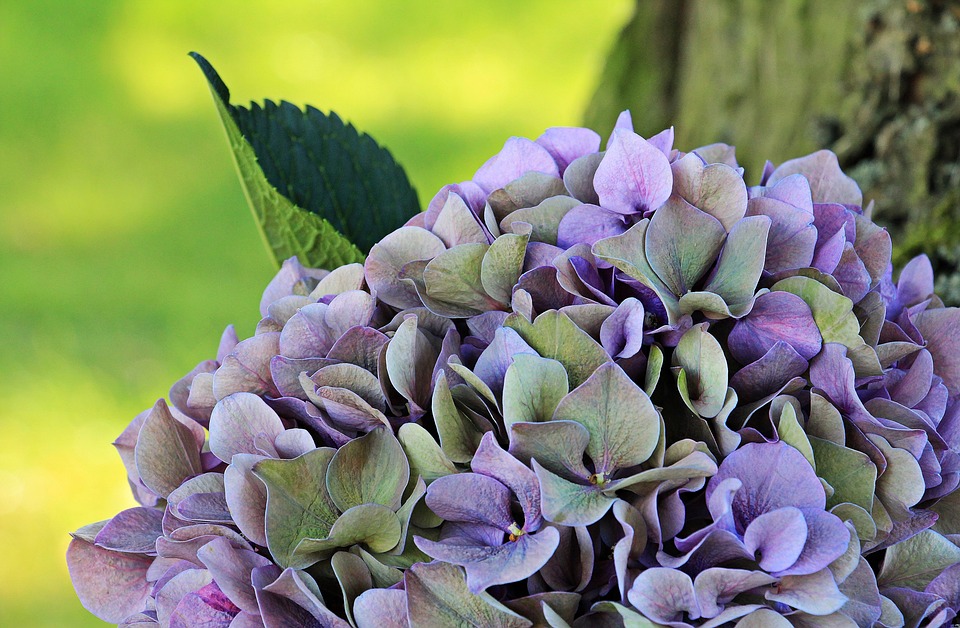Introduction
Maintaining a lush, green lawn can be a challenging task, but with the right tools and techniques, you can achieve lawn perfection.
A well-cared-for lawn not only enhances the aesthetic appeal of your home but also provides a soothing space for relaxation and recreation.
In this article, we will explore essential tools and techniques that will help you successfully care for your lawn.
1. Choosing the Right Mower
The first step towards a perfectly manicured lawn starts with choosing the right mower.
Different types of lawns require different types of mowers.
For small, flat lawns, a push reel mower may suffice, providing an eco-friendly and quiet option.
However, for larger or uneven lawns, a gas-powered or electric mower with adjustable cutting heights and bagging options may be necessary to achieve the desired results.
2. Maintaining Proper Mowing Height
Proper mowing height is crucial for a healthy lawn.
Adjust your mower to the appropriate cutting height for your grass type.
Maintaining a taller grass height shades the soil, reduces weed growth, and promotes a stronger root system.
Regularly mow your lawn, ensuring never to cut more than one-third of the grass height at a time, as cutting too low can stress the grass and lead to thin, patchy areas.
3. Effective Watering Techniques
Watering your lawn efficiently is essential for its overall health.
Deep, infrequent watering encourages deep root growth and drought tolerance.
Water your lawn early in the morning to minimize evaporation, and water deeply enough to moisten the soil to a depth of 6-8 inches.
Use a rain gauge or a screwdriver to check soil moisture levels and adjust your watering schedule accordingly.
4. Soil Testing and Fertilization
Regular soil testing allows you to understand the nutrient requirements of your lawn.
Test your soil for pH levels and nutrient deficiencies, and apply appropriate fertilizers to correct any imbalances.
Organic fertilizers offer a slow-release option and promote long-term soil health.
Follow recommended application rates, and ensure even distribution by using a broadcast spreader.
5. Weed Control
Weeds are the enemy of a perfect lawn.
Implement preventive techniques, such as proper mowing height and watering practices, to discourage weed growth.
In case of an invasion, tackle weeds early before they take over.
Use herbicides selectively, targeting specific weed types while minimizing damage to your lawn.
Pulling weeds by hand can also be an effective, albeit time-consuming, option.
6. Regular Aeration
Aeration is a critical process to ensure optimal lawn health.
It involves creating small holes in the soil to allow air, water, and nutrients to reach the grassroots.
Regular aeration helps combat soil compaction, promotes root development, and improves overall turf quality.
Use a core aerator or hire a professional lawn care service to carry out this essential maintenance task.
7. Overseeding for Thick, Green Grass
Over time, lawns can become thin and patchy.
Overseeding is the process of adding new grass seed to an existing lawn to restore its fullness and vibrancy.
Before overseeding, ensure your lawn is properly prepared by removing weeds, mowing at a lower height, and creating soil contact through aeration or dethatching.
Choose a high-quality grass seed blend appropriate for your region and follow the recommended seeding rates.
FAQs
1. How often should I mow my lawn?
The frequency of mowing depends on the growth rate of your grass.
As a general rule, aim to mow your lawn once a week during the growing season.
However, adjust this schedule based on your grass type and growth rate, ensuring you never remove more than one-third of the grass height in a single mowing session.
2. When is the best time to water my lawn?
Water your lawn early in the morning, preferably between 6 am and 10 am.
This timing allows the grass blades to dry before evening, reducing the risk of disease development.
Watering during the cooler morning hours also minimizes water evaporation, ensuring the moisture reaches the grassroots effectively.
3. Can I use any type of fertilizer for my lawn?
No, it is essential to use a fertilizer specifically formulated for lawns.
Different grass types have different nutrient requirements, and using the wrong fertilizer can result in under or overnutrition.
Conduct a soil test to determine the specific nutrient deficiencies of your lawn and choose a fertilizer that addresses those needs.
4. What is the best way to control weeds without harming my lawn?
The best weed control strategy includes proper lawn care practices that prevent weed growth in the first place.
However, if weeds do appear, use herbicides selectively, following the manufacturer’s instructions.
Spot-treat weeds using a targeted herbicide or physically remove them by hand, ensuring you remove the entire root system.
5. How frequently should I aerate my lawn?
Aim to aerate your lawn once or twice a year, depending on its condition.
High-traffic areas may require more frequent aeration.
For warm-season grasses, early summer or spring is the ideal time for aeration.
For cool-season grasses, early fall is typically the most suitable season for this essential maintenance task.




